The 1950s were a time of rapid innovation and cultural shifts, yet some teachings from that era now seem outdated and bewildering. As society has progressed, many of these lessons have faded into obsolescence. This article explores eleven such teachings that were common in the ’50s but have since been reconsidered or debunked. From home economics to gender roles, these lessons provide a fascinating glimpse into the past, highlighting how much the world has evolved in just a few decades.
1. Home Economics for Girls Only

In the 1950s, young girls were often taught home economics, a curriculum designed specifically for them. The course focused on cooking, sewing, and managing a household, reinforcing the idea that a woman’s role was in the home.
These classes aimed to prepare girls for future domestic life. However, this narrow focus limited their aspirations and opportunities.
Today, education encourages all genders to pursue diverse interests and careers, moving beyond traditional stereotypes. The change reflects broader societal progress towards gender equality, offering everyone the chance to explore their potential without predefined roles.
2. Gender-Specific Career Guidance
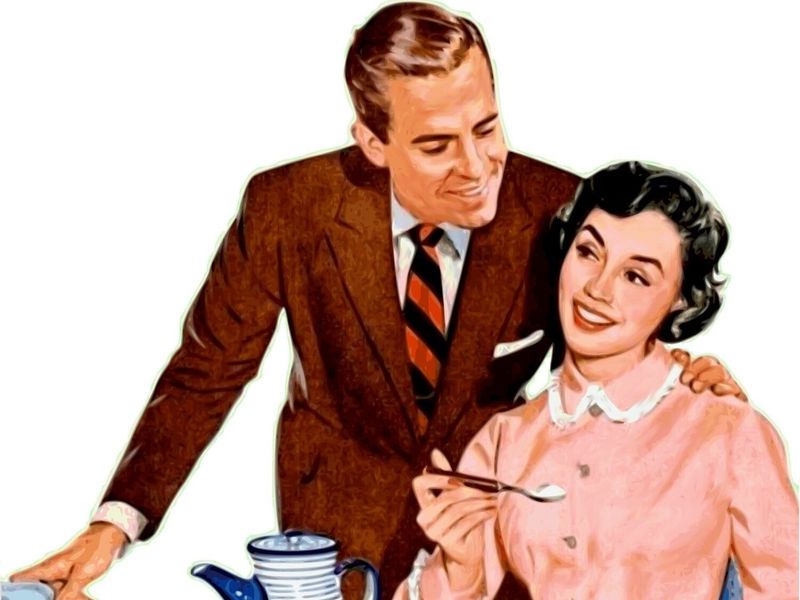
Career counseling in the 1950s was heavily influenced by gender roles. Boys were often directed towards professions like doctors or engineers while girls were nudged to become nurses or teachers.
This guidance limited opportunities based on societal expectations rather than personal interests or abilities. It propagated a rigid framework where ambition was often gender-bound.
Today’s career guidance embraces individuality and encourages all students to follow their passions, regardless of gender. This shift empowers young people to pursue paths that truly reflect their skills and interests, fostering a more inclusive and dynamic workforce.
3. Proper Posture Enforcement
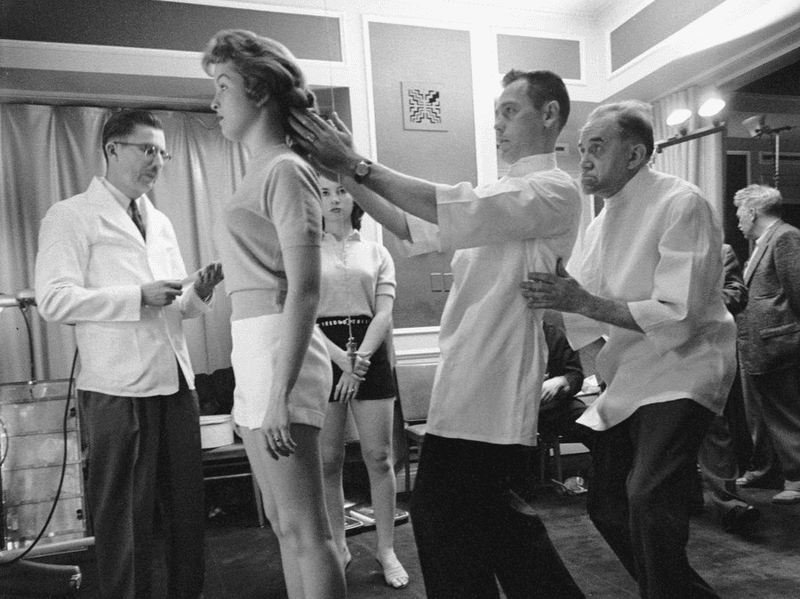
Posture was paramount in ’50s classrooms. Students were closely monitored to ensure they sat up straight at their desks, a practice believed to instill discipline and focus.
The emphasis on posture was tied to broader societal values of conformity and obedience. While good posture has health benefits, the rigid enforcement seemed excessive.
Today, education prioritizes comfort and creativity over strict posture rules, recognizing diverse learning styles. The shift encourages students to express themselves and engage more freely in their education, promoting a healthier, more dynamic learning environment.
4. Traditional Family Role Play

Role-playing traditional family scenarios was a common activity in ’50s classrooms. Children would act out scenes with boys as fathers and girls as mothers, reinforcing conventional family structures.
This exercise aimed to prepare children for future family life, reflecting societal norms. However, it often perpetuated stereotypes and limited children’s views of family diversity.
Today, educational activities promote understanding and inclusivity, acknowledging diverse family dynamics. The change reflects a broader acceptance of varied family structures, encouraging children to appreciate different perspectives and fostering an inclusive environment.
5. Fear-Based Discipline Methods
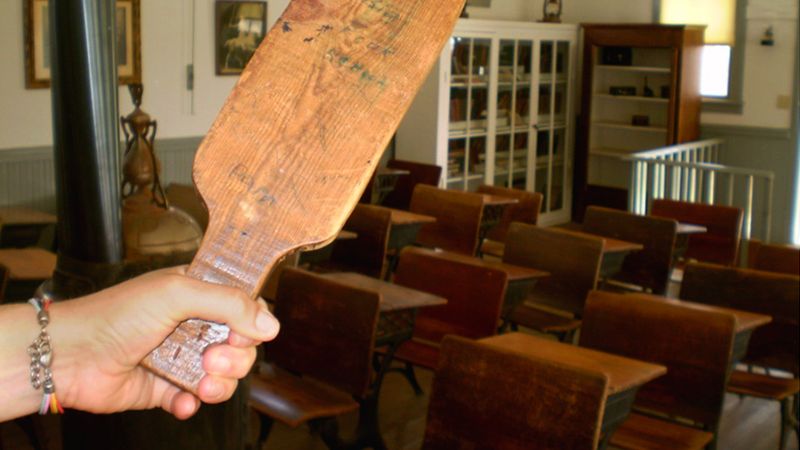
Discipline in the 1950s often relied on fear-based methods. Teachers used strict measures, including corporal punishment, to maintain control and order in the classroom.
These methods were intended to instill respect and obedience. However, they often created an environment of fear rather than learning.
Modern education focuses on positive reinforcement and understanding, promoting a respectful and supportive atmosphere. This approach encourages students to learn and grow in a nurturing environment, prioritizing emotional well-being and fostering a more effective and compassionate educational experience.
6. Cursive Writing Importance

Cursive writing was a staple of ’50s education. Students diligently practiced elegant loops and swirls, mastering this artful handwriting style.
While cursive was valued for its aesthetic and speed, its practical relevance has waned in the digital age. The emphasis on cursive often overshadowed other valuable skills.
Today, education balances traditional handwriting with modern technology skills, preparing students for a digitized world. The change reflects the evolving nature of communication, ensuring students are equipped with relevant tools to succeed in both personal and professional settings.
7. Patriotism Through Pledge
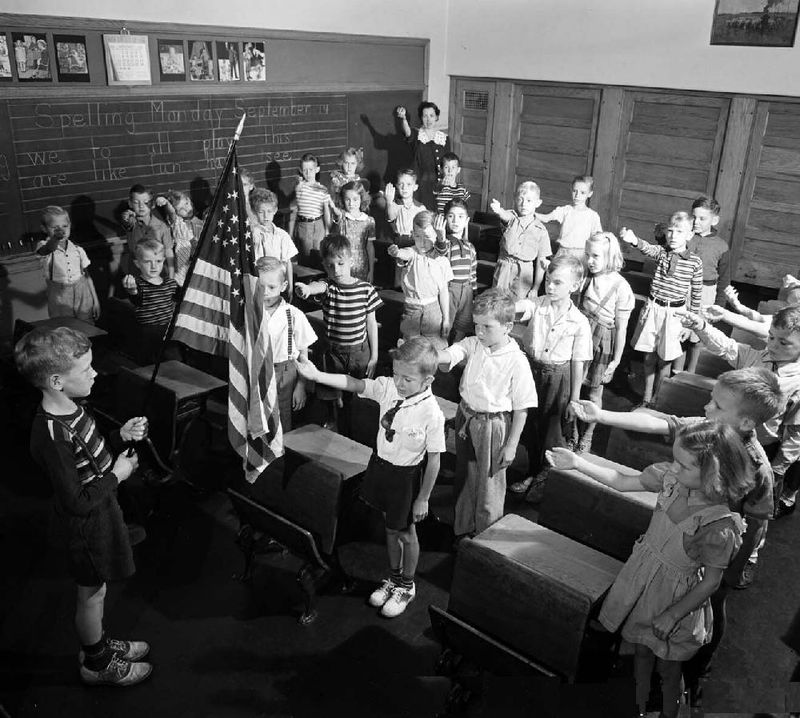
Patriotism was instilled in children through daily recitation of the Pledge of Allegiance. This ritual was a staple in ’50s classrooms, aimed at fostering national pride.
The practice encouraged unity and loyalty but also sparked debates about its necessity and impact. Critics argued it pressured conformity and lacked critical engagement.
Modern education encourages critical thinking and understanding of civic duties, promoting informed citizenship. The change reflects a more nuanced approach to patriotism, encouraging students to engage with their national identity thoughtfully and actively participate in democratic processes.
8. Nuclear Attack Drills
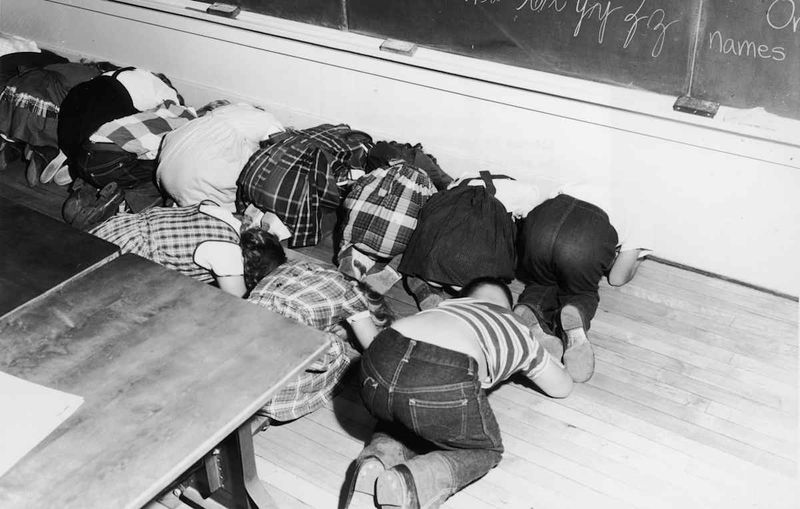
Nuclear attack drills were a stark reality for ’50s students. Children practiced “duck and cover” techniques to prepare for potential nuclear threats during the Cold War.
The drills aimed to provide a sense of security but often heightened anxiety and fear among young students.
Today, while safety drills remain important, the focus has shifted to more practical emergency preparedness. The change reflects a broader understanding of safety and mental well-being, preparing students for a range of scenarios while minimizing fear and promoting resilience.
9. Strict Dress Codes
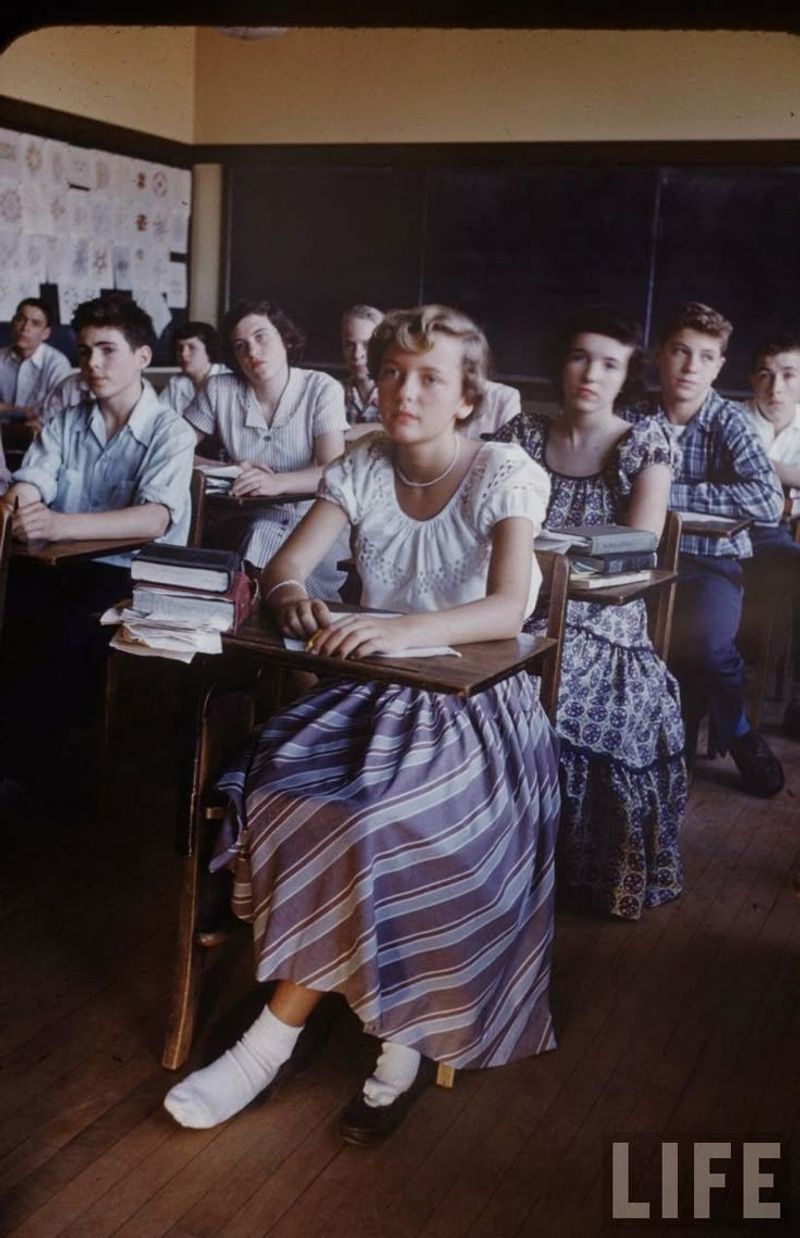
Dress codes in the 1950s were strictly enforced, with students often required to wear uniforms or adhere to specific attire guidelines. Boys sported ties, while girls donned dresses.
These codes aimed to promote discipline and uniformity but often stifled personal expression.
Today, schools embrace more relaxed dress codes, allowing students to express individual style while maintaining appropriate standards. The shift reflects a balance between personal freedom and respect, encouraging students to develop their identities and fostering a more inclusive and comfortable school environment.
10. Emphasis on Rote Memorization

Rote memorization was a cornerstone of ’50s education. Students were drilled to memorize facts and figures, often without understanding the underlying concepts.
This method focused on repetition and recall, emphasizing grades over genuine learning.
Modern education values critical thinking and problem-solving, fostering a deeper understanding of subjects. The change reflects a shift towards engaging students in meaningful learning experiences, encouraging curiosity and exploration. This approach prepares students to navigate complex challenges and adapt to an ever-changing world, beyond mere memorization.
11. Segregated Schools
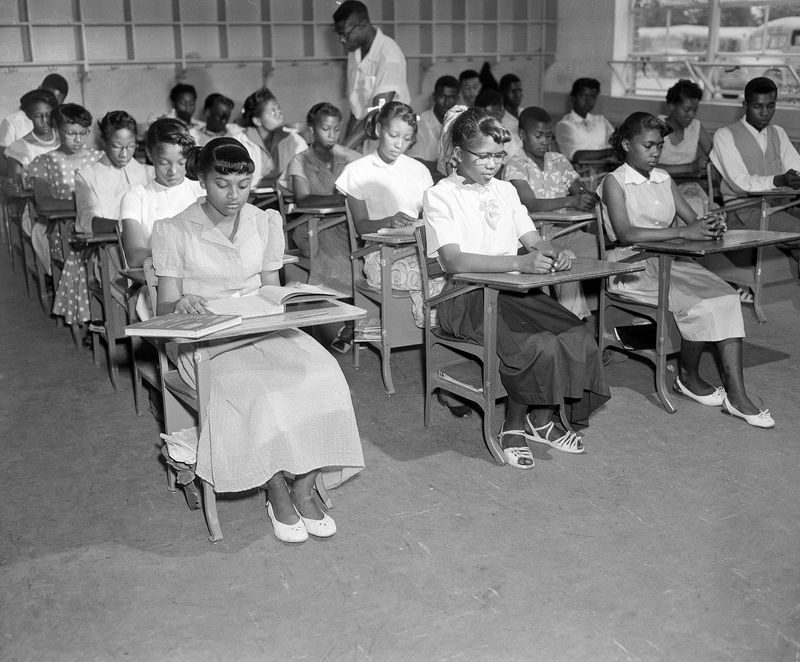
Segregated education was a harsh reality in the 1950s, with students attending separate schools based on race. This practice was a byproduct of broader systemic inequality.
Segregation reinforced social divisions and limited educational access for many.
Today, education strives for inclusivity and equal opportunity, reflecting significant social progress. The change highlights the ongoing commitment to dismantling barriers and promoting diverse, equitable learning environments. Efforts continue to ensure that all students receive a quality education, fostering understanding and unity across diverse communities.
Hi all, I am Sidney, an accountant, a hobbyist photographer, and a mother to two sweet girls who are my motivation. I love sharing the tips and tricks I gained all these years I’ve been a mother. I hope it will help you!

